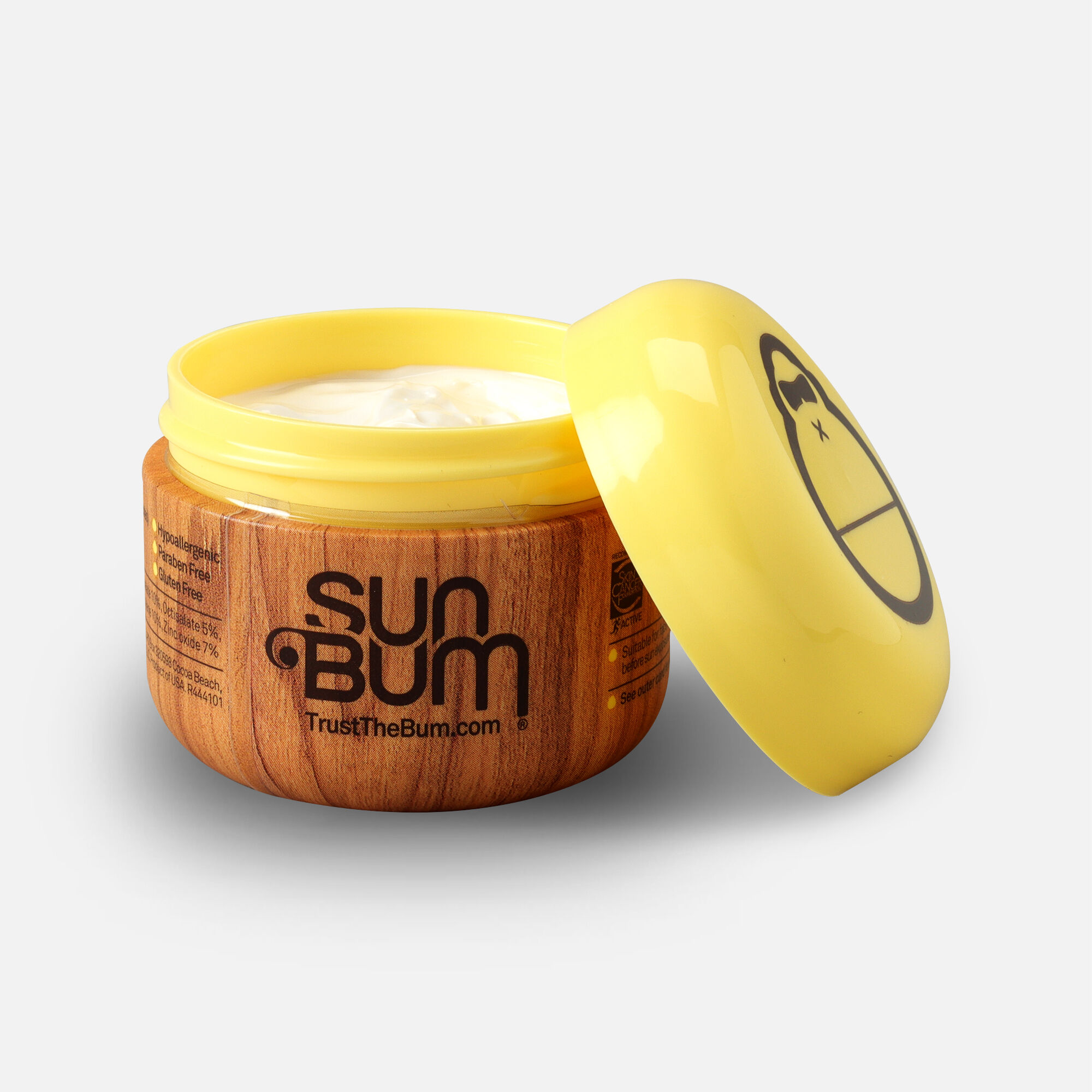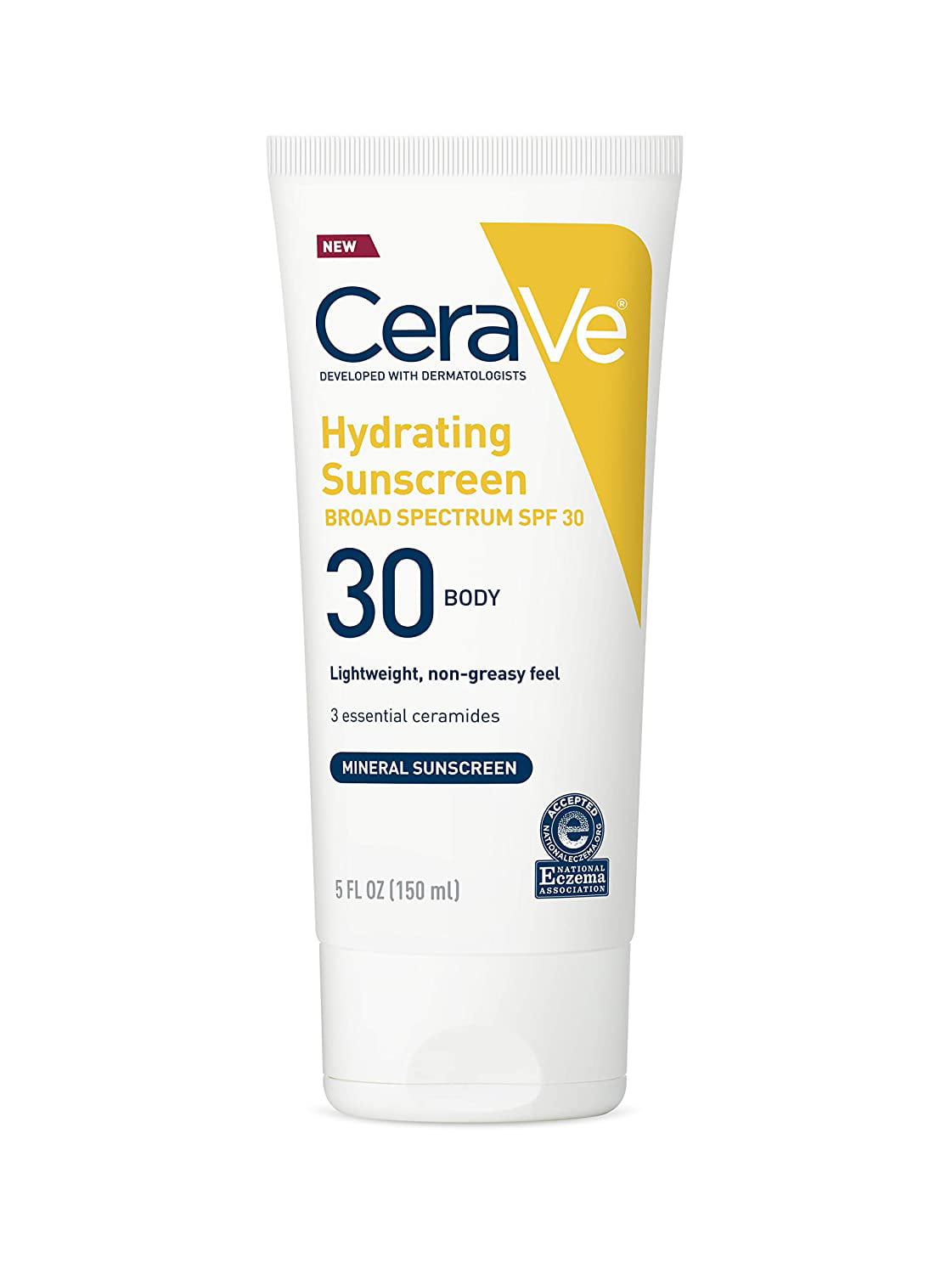

#Zinc oxide sunscreen skin
Given the efficient homeostatic mechanisms of mammals to maintain the total body zinc and the physiologically required levels of zinc in the various tissues constant, the anticipated slow release of zinc from the skin is not expected to disturb the homeostatic zinc balance of the body. The total database available indicates that skin-bound zinc may not become systemically available in a way that it results in high peak levels of zinc in serum, but rather in a more gradual way. Thus, until proven otherwise, it is assumed that any transdermal penetration following application the nano-ZnO containing cosmetic product is that of Zn ions released from the ZnO nanoparticles.Īs internal exposure is likely to be to ionic Zn, the safety considerations as indicated below in the EU Risk Assessment Report on Zinc Oxide (2004) (Reference 44, sub III) are relevant: However, in view of the dissolution rate of ZnO, any translocating ZnO nanoparticles will also be completely solubilized due to the non-static conditions in the biological environment (see section 3.1.6). The maximum solubility is estimated to be around 50 mg/L, depending on the solvent/medium under static equilibrium conditions.

This conclusion is based on the weight of evidence from the available studies so far which suggest that only a small fraction of the nano- sized ZnO is likely to be solubilized in a formulation, and possibly when in contact with the skin, and a part of this solubilized fraction may subsequently be absorbed. Although the zinc was determined by methods which do not discriminate between particulate and solubilized forms, considering the dissolution rate of ZnO, it is likely that this was in the form of solubilized zinc ion. However, some minimal absorption of zinc was demonstrated. The data provided, and as present in the literature, indicate that ZnO nanoparticles do not penetrate through the skin. Safety evaluation (including calculation of the MoS) Are sunscreens using zinc oxide nanoparticles safe?


 0 kommentar(er)
0 kommentar(er)
